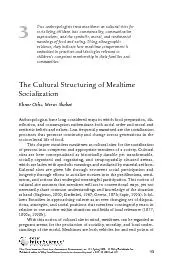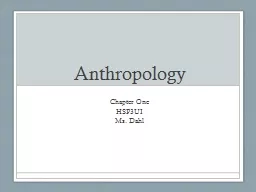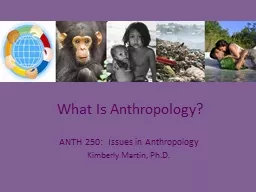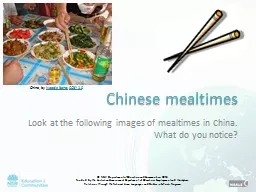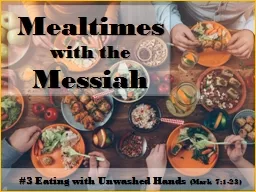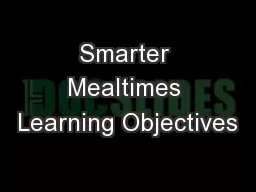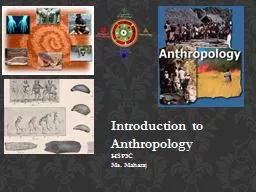PDF-Two anthropologists treat mealtimes as cultural sites forsocializing c
Author : tatyana-admore | Published Date : 2015-09-02
sites are here conceptualized as historically durable yet transformablesocially organized and organizing and tempospatially situated arenasCultural sites are given
Presentation Embed Code
Download Presentation
Download Presentation The PPT/PDF document "Two anthropologists treat mealtimes as c..." is the property of its rightful owner. Permission is granted to download and print the materials on this website for personal, non-commercial use only, and to display it on your personal computer provided you do not modify the materials and that you retain all copyright notices contained in the materials. By downloading content from our website, you accept the terms of this agreement.
Two anthropologists treat mealtimes as cultural sites forsocializing c: Transcript
Download Rules Of Document
"Two anthropologists treat mealtimes as cultural sites forsocializing c"The content belongs to its owner. You may download and print it for personal use, without modification, and keep all copyright notices. By downloading, you agree to these terms.
Related Documents

